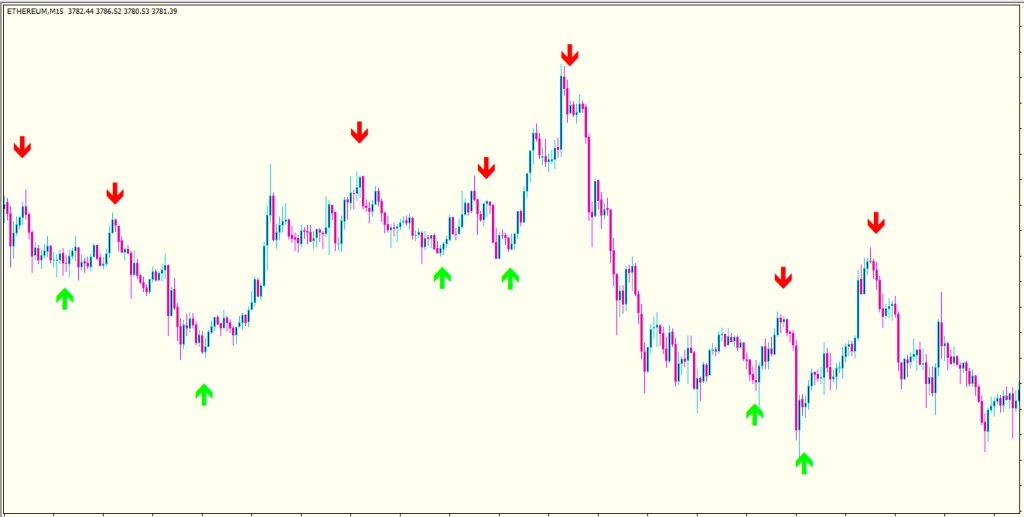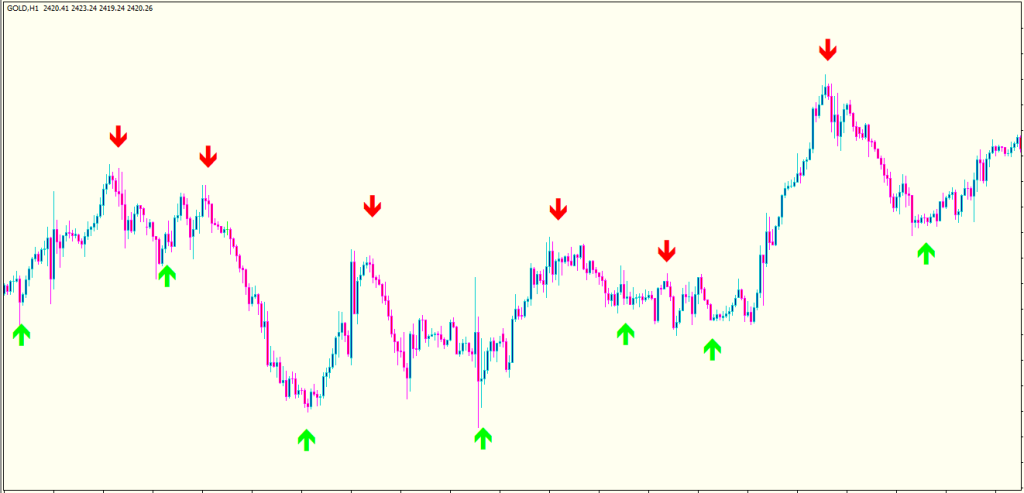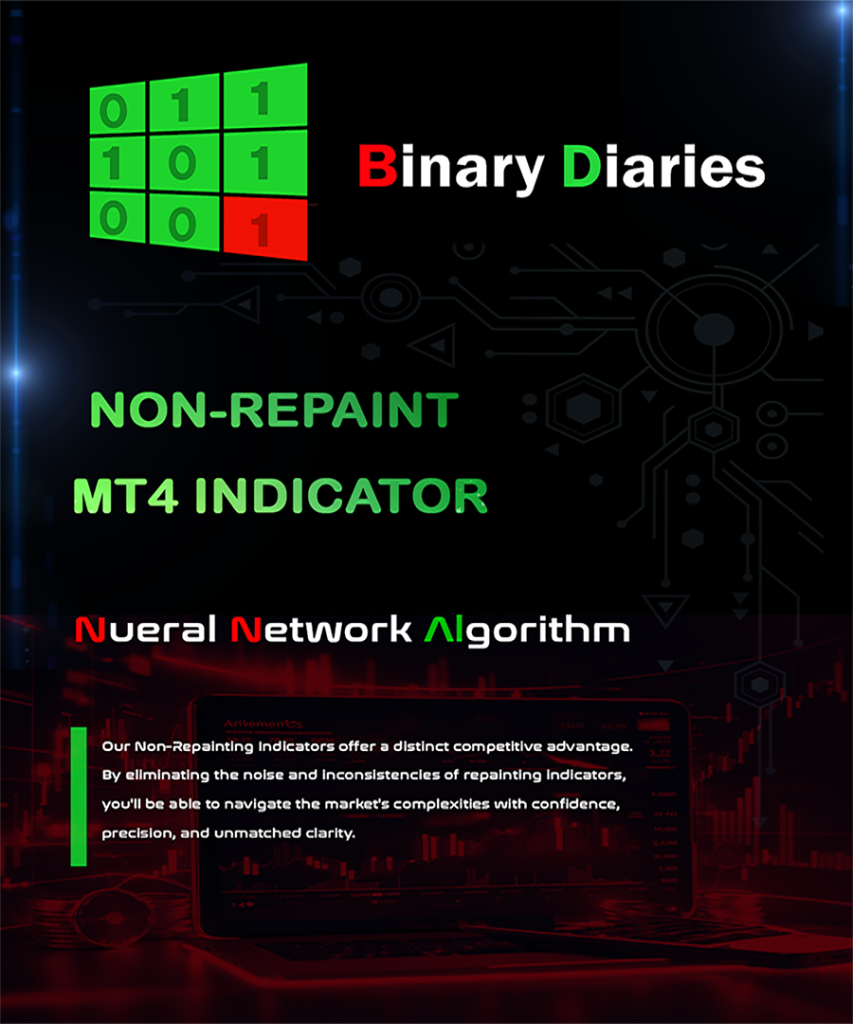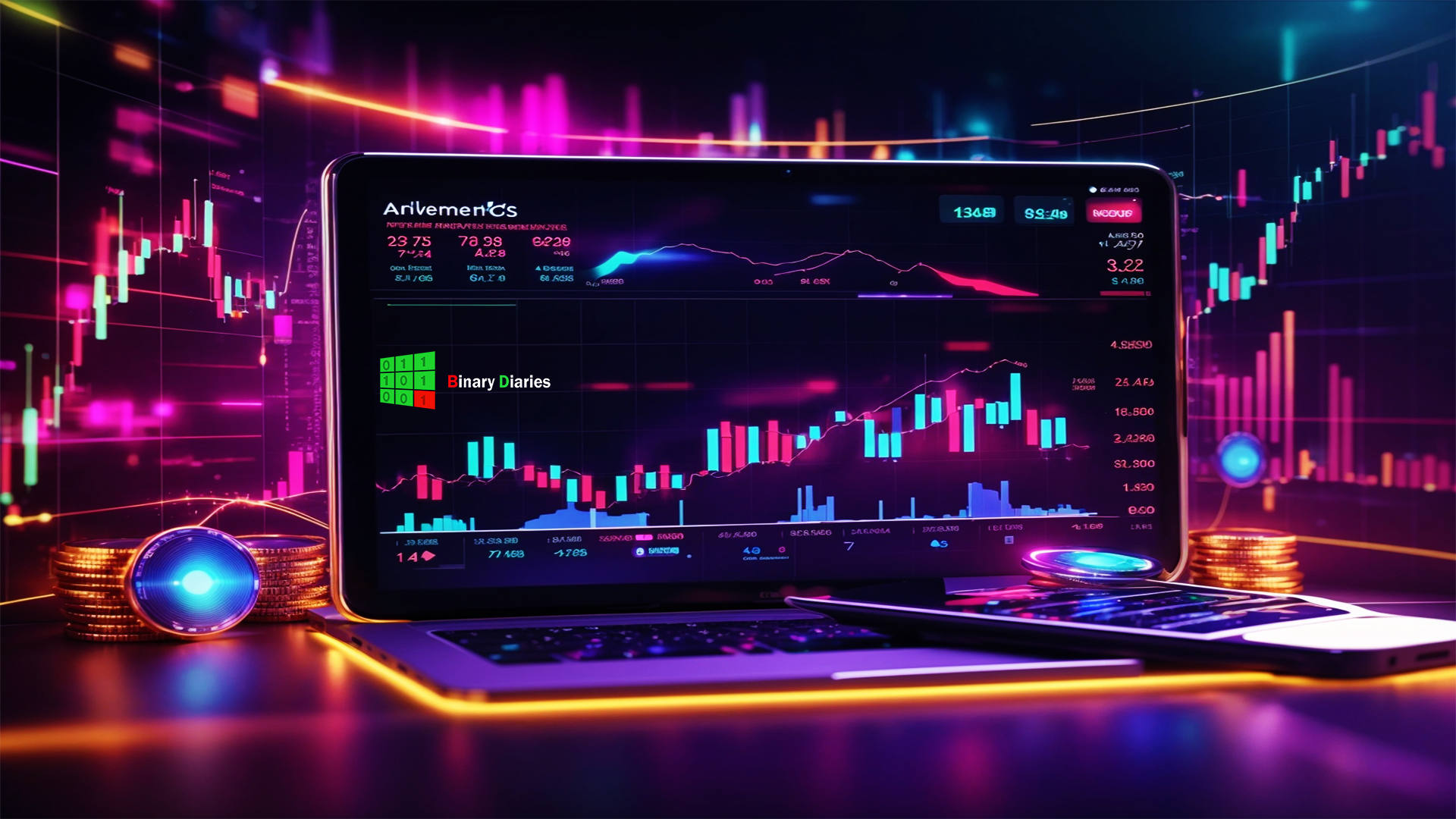The Binary Diaries Indicator is more than just another trading tool; it’s a meticulously crafted masterpiece, forged by a team of seasoned traders and analysts who have dedicated their lives to unlocking the secrets of the Forex markets. Through years of rigorous research and real-world testing, they’ve distilled their collective wisdom into a single, powerful indicator that combines advanced technical analysis with robust trading logic.
At its core, the Binary Diaries Indicator employs a unique trend-following strategy, designed to capture the most lucrative market swings while minimizing risk exposure. Whether you’re an intraday trader seeking quick profits or a swing trader looking to capitalize on longer-term trends, this versatile indicator adapts seamlessly to your trading style and timeframe preferences, providing you with the edge you need to stay ahead of the game.
Forex buy sell signals
Binary Diaries indicators offer some of the best forex buy and sell signals due to their sophisticated algorithmic design, which meticulously analyzes market trends, price movements, and volatility. These indicators are renowned for their high accuracy and reliability, effectively minimizing false signals and enhancing trading precision. By integrating multiple technical analysis tools such as moving averages, support and resistance levels, and custom oscillators, Binary Diaries indicators provide a comprehensive market overview. This synergy of analytical techniques enables traders to make well-informed decisions, capturing optimal entry and exit points with greater confidence. Consequently, traders utilizing BD indicators can achieve more consistent profits while managing risk effectively, making them a superior choice in the dynamic forex market.



Key Benefits:
- Precision Entry and Exit Signals: Like a skilled marksman, the BD Indicator’s proprietary algorithm generates precise entry and exit signals, ensuring that you never miss a profitable opportunity or fall victim to the whipsaws and false signals that plague other indicators. With the BD Indicator by your side, you can execute trades with unwavering confidence, knowing that you’re acting at the optimal moments.
- Consistent Profitability: At the end of the day, the true measure of a trader’s success is their ability to generate consistent profits. The Binary Diaries Indicator has been meticulously designed to identify high-probability setups and help you capitalize on the most lucrative market swings, significantly boosting your overall profitability over time.
- Intuitive User Experience: Trading should be about making informed decisions, not getting bogged down by complicated interfaces. The BD Indicator’s clean and intuitive design ensures that you can easily interpret and act on the signals it provides, even if you have limited technical expertise.
Features Breakdown:
- Trend Identification Mastery: The BD Indicator excels at accurately identifying prevailing market trends, allowing you to align your trades with the broader market direction. By riding the wave of momentum, you can maximize your potential gains while minimizing the risk of being caught on the wrong side of the market.
- Multi-Timeframe Analysis Powerhouse: Trading is an art that requires a holistic understanding of market conditions. The BD Indicator seamlessly integrates data from multiple timeframes, providing you with a comprehensive view of the market and potential trading opportunities across various time horizons.
- Unmatched Customization: The BD Indicator offers a range of adjustable parameters that allow you to tailor the indicator to suit your individual trading style and requirements, ensuring a seamless integration into your existing strategy.
Characteristics of The Basic Plan

- 100% Non-Repaint
- Instant Download in RAR file
- Trading time: All Sessions
- Arrows Popup Sound Alerts
- Timeframe: M5, M15, M30, H1, H4
- Never repaint any trading signal, 100% guaranteed
- Built for Metatrader 4 (MT4 for PC and Laptop, MT4 for MAC)
- Works on Forex (all pairs), Commodities, Stocks, Metals, Gold
- Customer Support & Free Upgrades For Life
Visit Here to see all the Plans
Ease of Use and Support
We understand that traders come from diverse backgrounds and skill levels, which is why the Binary Diaires Indicator has been designed with ease of use in mind. From the straightforward installation process to the clear visual representations, our indicator ensures that traders of all experience levels can quickly understand and implement the signals it provides.
Furthermore, we’ve gone the extra mile to provide comprehensive user guides and video tutorials, ensuring that you can get up and running with the Binary Diaries Indicator in no time. Our dedicated support team is also available to assist you with any questions or concerns you may have, ensuring a smooth and seamless experience from start to finish.
Call-to-Action
Don’t let another trading opportunity pass you by. Take control of your trading journey and experience the power of the Binary Diaries Indicator for yourself. With its advanced technology, user-friendly interface, and proven track record, the BD Indicator is the ultimate tool for traders seeking to unlock their true potential and join the ranks of the trading elite.
Join the growing community of successful traders who have already discovered the transformative benefits of the BD Indicator. Purchase your copy today and embark on a journey towards consistent profits, trading mastery, and financial freedom. The markets are waiting – seize the opportunity and let the BD Indicator be your guide to Forex trading supremacy.
Frequently Asked Questions
Will the Grail Indicators work on my broker?
Absolutely, as long as you're running the Metatrader 4 Platform.
Why are the indicators locked to one account?
To prevent unauthorized sharing of the indicators.
How many signals will I receive?
It'll depend on the timeframe used and the settings.
What pairs does it work on?
All currency pairs as well as metals and indices.
What Timeframes?
It works on all timeframes
How will I receive the Indicator?
Instant Download
How can I purchase this indicator?
Hit the "Buy" Button bellow and fill in the form that follows.






